You can now pet sharks at Discovery World. But that's not all there is to see in their aquariums
During July's Shark Week, Discovery World aquarium curator Brittanie Delorit found herself in one of her favorite spots at the science museum — at the touch tank, answering kids' questions as they tentatively reached out to touch bamboo sharks and Cortez stingrays.
This time, though, she was in the company of costumed shark mascot Princess Peach who was helping her and the aquarium staff celebrate the successful introduction to the tanks of five new sharks that had arrived in April from the Shedd Aquarium and the Minnesota Zoo.
Delorit has worked at Discovery World for the past two years. In a recent interview, she recalled how confused her former coworkers at a Texas aquarium were when they learned she was taking a job in Milwaukee.
"When I said I got a job here, they were like, 'But there isn't an aquarium there,' " Delorit said. "I was like, 'Actually, there is.'"
Although not as well-known as a place like the Shedd Aquarium in Chicago or Sea Life at Mall of America, Milwaukee does have an aquarium at Discovery World — several aquariums, in fact.
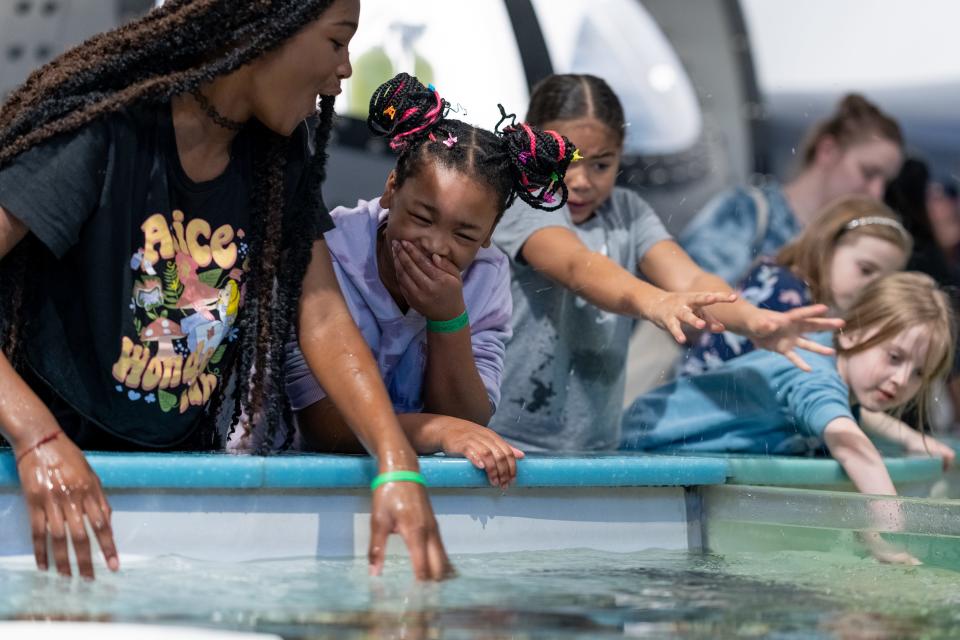
How many aquariums does Discovery World have?
There are two levels of aquariums at Discovery World.
The Great Lakes Future exhibit on Discovery World's main floor is an interactive model of the Great Lakes that includes several animals, such as fish, turtles and snakes that typically live in the Great Lakes basin, plus allows visitors to simulate rain and fog.
The lower-level Reiman Aquarium includes:
A 65,000-gallon saltwater Caribbean Tunnel Tank, the famous aquarium which visitors can walk through as fish swim around them
A 75,000-gallon freshwater Lake Michigan Tank, which houses fish that are native to the Great Lakes including shovelnose sturgeon, northern pike and carp
A saltwater touch tank, which houses stingrays and bamboo sharks, and a freshwater touch tank with sturgeon
A Weird & Wild exhibit, with various animals from around the world that have "weird" adaptions, such as the axolotl, a salamander that can regrow missing body parts
A turtle tank with a variety of turtles, most of which have been donated to Discovery World by people who can no longer care for their pets
A tank that houses Thor, the electric eel, who lives by himself
A North Pacific exhibit, which includes a kelp forest
Tanks that house moon jellyfish
A coral reef tank that houses fish like clownfish and blue tangs that typically live in coral reefs
More: Discovery World unveils two new exhibits and a renewable energy partnership
What to know about Discovery World's sharks and stingrays
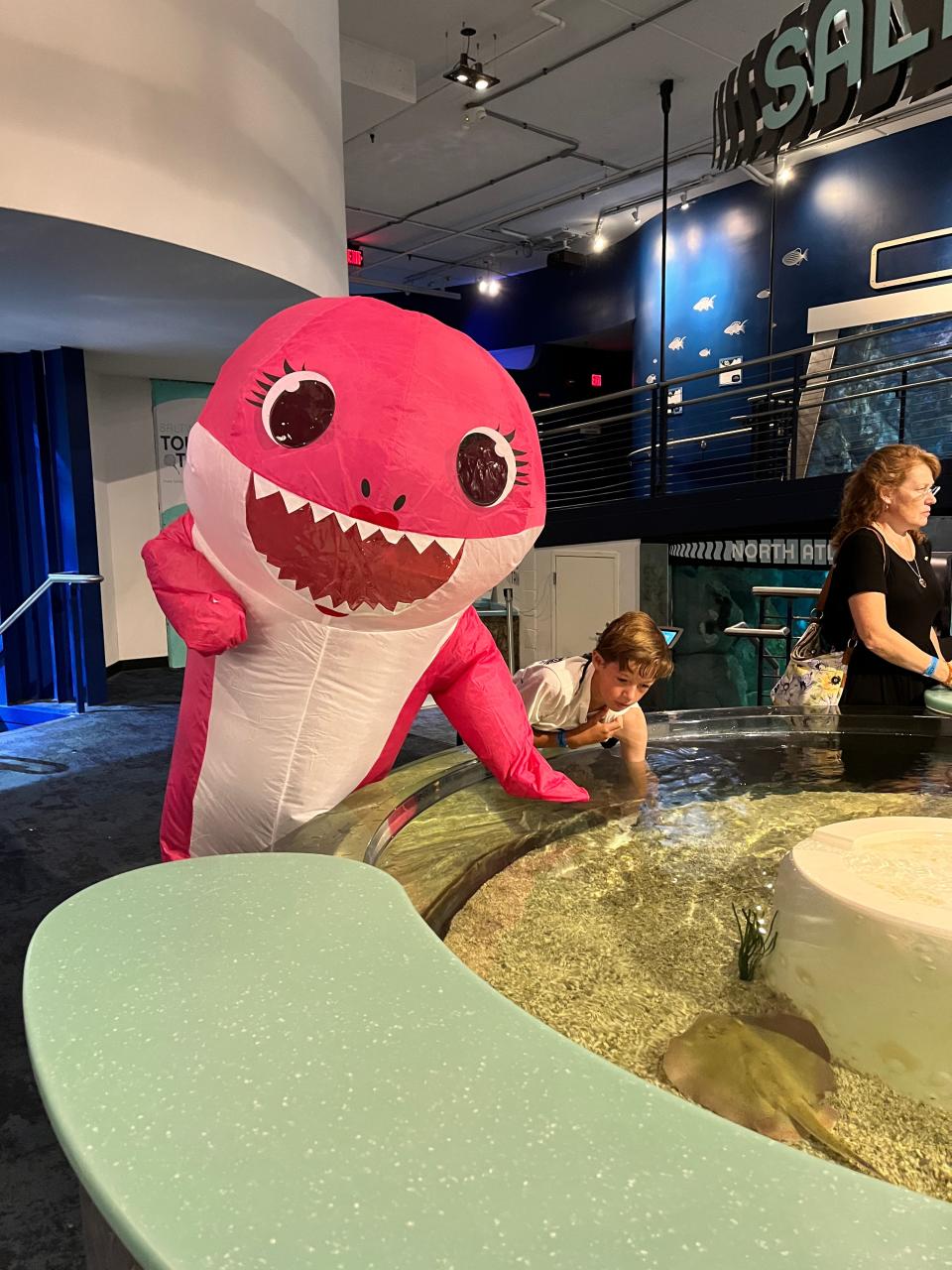
Princess Peach may seem like a strange name for Discovery World's shark mascot, but there's a reason for it. The mascot is named after one of the sharks; all of Discovery World's bamboo sharks are named after characters from Super Mario video games. Joining Princess Peach are Daisy, Rosalina, Birdo and Toadette.
The fun names, festivities and ability to get up close and personal with the sharks are all part of teaching an important animal conservation lesson.
"People think sharks are so scary, but then they see our bamboo sharks, who live in groups and are docile and quiet, especially during the day since they're nocturnal," Delorit said. "When kids interact with them, they see they're not really scary, which helps them make the connection to why they should care about these animals being protected in the wild."
The same is true of the Cortez stingrays that live with the bamboo sharks in the touch tanks. Delorit said people are often afraid at first to touch the stingrays, particularly since they're associated with "Crocodile Hunter" Steve Irwin's death in 2006 after he was pierced in the chest by a stingray.
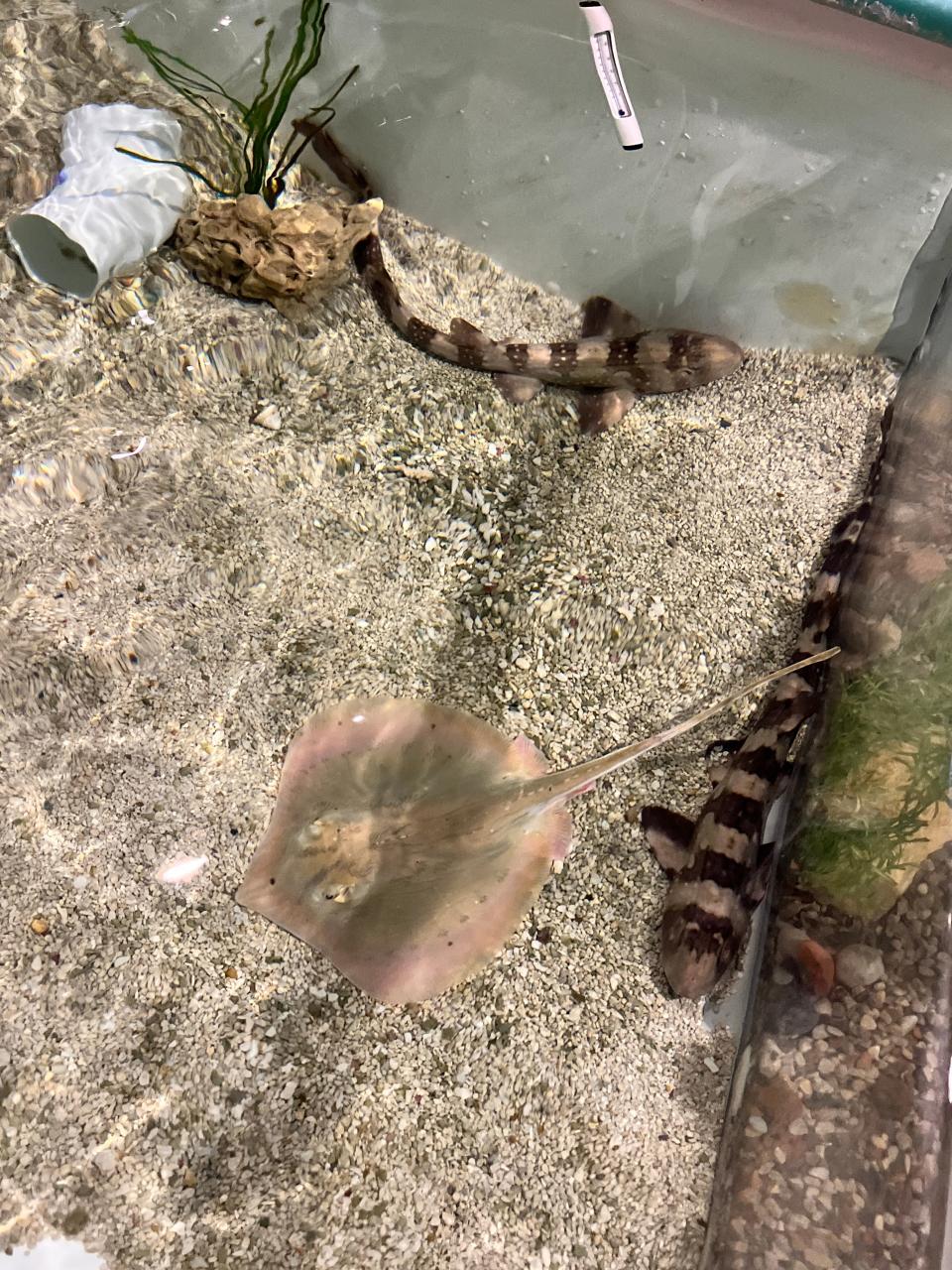
Delorit often stations herself at the touch tank while she feeds the stingrays and answers questions from kids. When she's asked about the stingray's barbs, she tells visitors that they are sharp, but they're similar to fingernails that are regularly trimmed to blunt their ends.
"Once I tell people that they're safe to touch and that they don't mind being touched, they realize that they're really friendly animals, and that they're calm and gentle and not scary," Delorit said.
The Discovery World aquarium's 'proudest accomplishment' this year: Breeding jellyfish
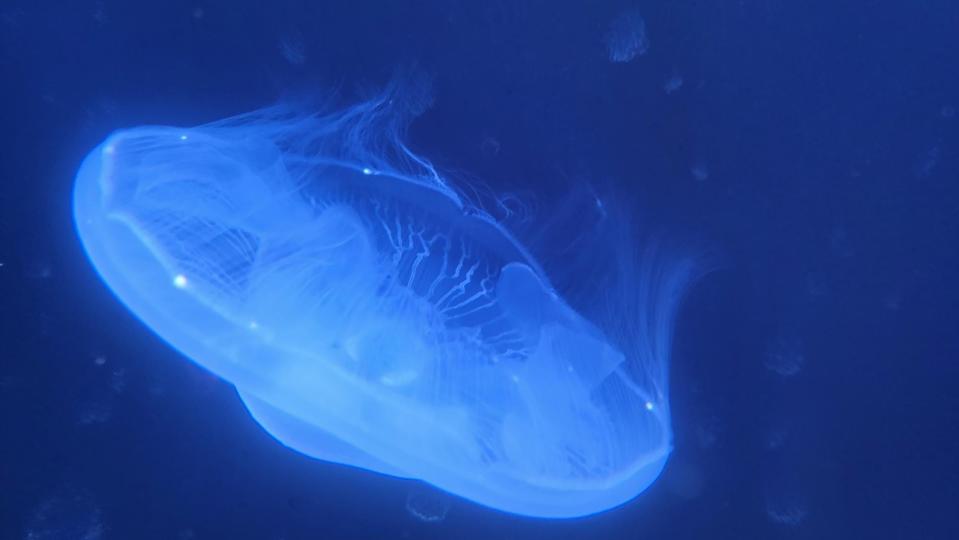
Although people love being able to touch the stingrays and sharks, they're also drawn to the more understated moon jellyfish tanks.
The jellyfish are particularly interesting to Delorit because she and her staff decided to try to breed them this year, something that was a huge success.
Delorit explained that female jellyfish lay eggs and males release sperm into the water; when the sperm and egg join, they form a polyp, which will then attach itself to something.
At Discovery World, there were many polyps attached to the side of the tank, but none were hatching.
"We knew the polyps needed a specific temperature in order to hatch, so we pulled the adults out of the exhibit so we just had a tank of polyps," Delorit said. "We dropped the temperature, and the polyps went to what we called 'the squishy stage,' and then kept growing into full-grown jellyfish."
Discovery World now has about 40 juvenile jellyfish on exhibit, as well as several off-exhibit tanks that are filled with jellyfish at different stages of their life cycle.
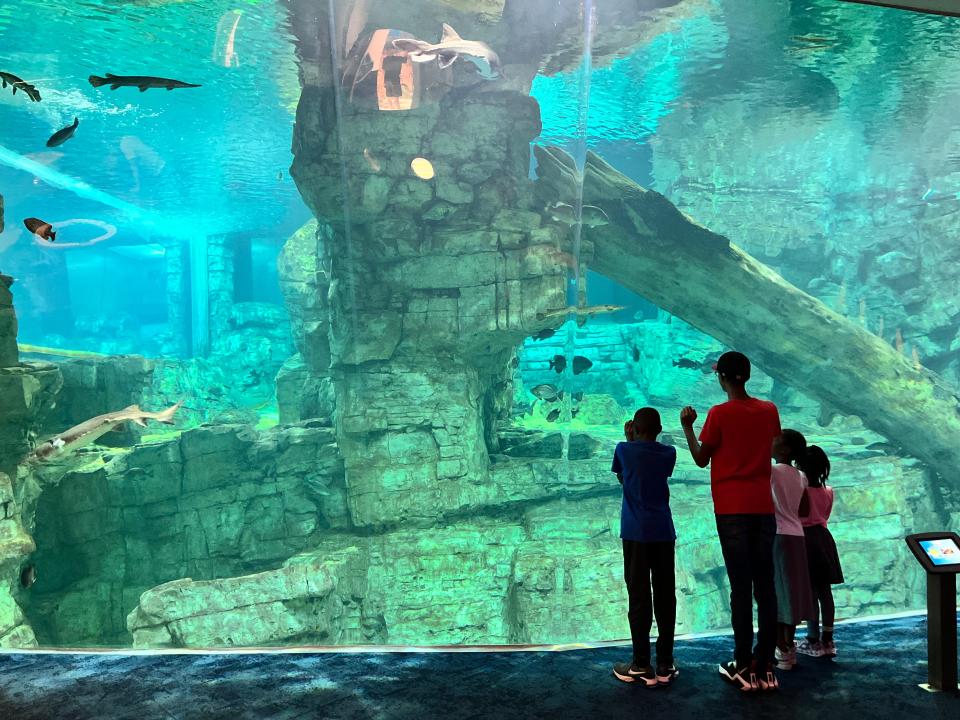
What's next for the Discovery World aquariums?
Partly inspired by the success of their jellyfish breeding experiment, Delorit and her staff are eager to put Discovery World's aquariums on the map, especially in the world of animal conservation. Delorit said the Virginia Aquarium and Marine Science Center approached her about participating in a species survival plan for an endangered species of fish that is native to Lake Victoria in Africa.
Species survival plans, which are overseen by the Association of Zoos and Aquariums, are meant to manage the breeding of endangered animal species to improve their chances for survival. Delorit is in the process of determining what steps Discovery World needs to take to become accredited by the AZA.
"Being accredited by the AZA would get us more involved in the animal conservation community and allow us to care for more animals in the aquariums," Delorit said.
In the meantime, there are a few more changes planned for the space in the near future. At the end of August, Mrs. Chapsticks, an alligator snapping turtle who has gotten too big for her space, will move to a new facility; the snapping turtle's current home will become another saltwater exhibit. Delorit also hopes to give Thor, the electric eel, some companions soon.
"There are other exhibits that we're changing out as well," Delorit said. "You'll just have to wait and see."
More: Mermaid Echo promotes water conservation through shows at Discovery World
This article originally appeared on Milwaukee Journal Sentinel: Discovery World aquarium has sharks, stingrays and jellyfish